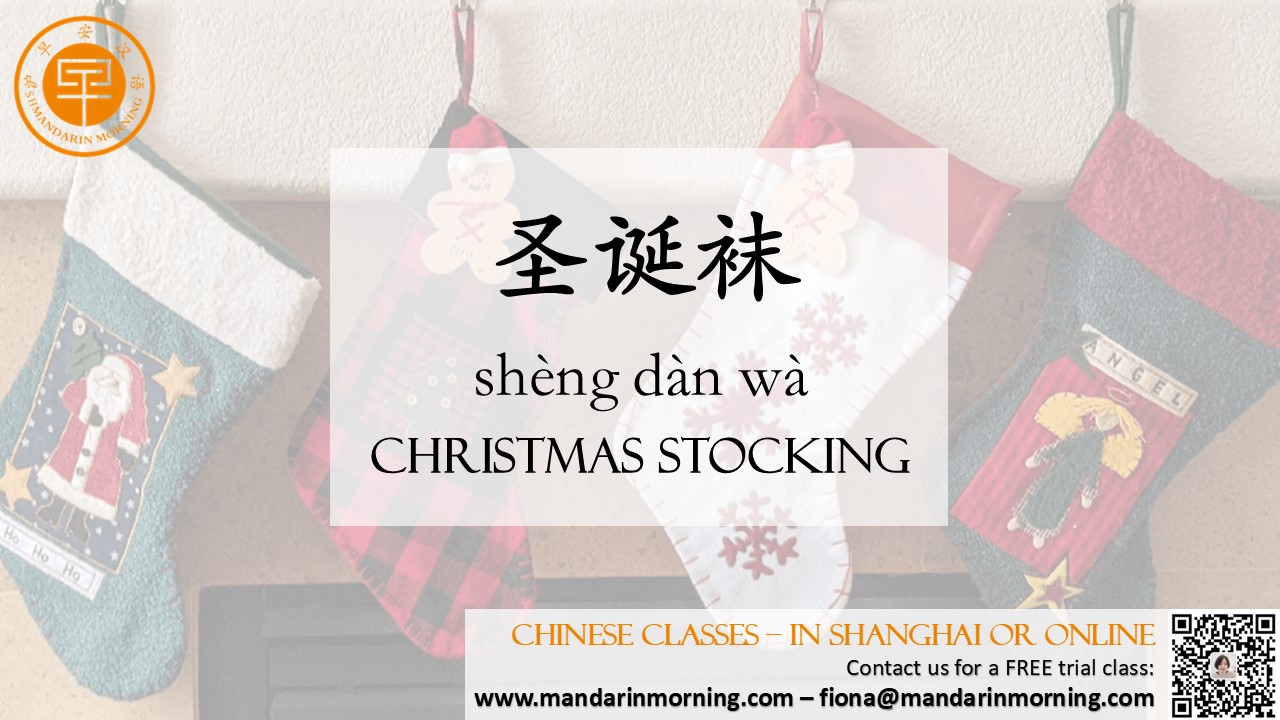| Have you put up your Christmas tree? Sent out those heartfelt cards? Wrapped your presents and planned your festive dinner? What about curating the ultimate holiday playlist? But wait, here’s one more delightful item to add to your list: learning five festive Chinese words to bring even more magic to your celebrations! Let’s dive in!  Santa Claus 圣诞老公公 When you hear Santa’s joyful “Ho-ho-ho,” you know it’s time for Christmas cheer! In Chinese, Santa Claus is called 圣诞老公公 (shèng dàn lǎo gōng gong). Let’s break it down: 圣 (sacred; saint) + 诞 (to be born) = Christmas [lit.] the birth of a saint 老公公 = grandpa Christmas tree 圣诞树 Nothing says Christmas like a beautifully decorated tree glowing with twinkling lights and ornaments. In Chinese, the Christmas tree is called 圣诞树 (shèng dàn shù): 圣诞 = Christmas 树 = tree In many cultures, exchanging gifts under the Christmas tree is a treasured tradition. Families gather around to unwrap presents on Christmas morning, creating magical moments that warm the heart. Christmas stocking 圣诞袜 Stockings are a charming part of the holiday season. In Chinese, they’re called 圣诞袜 (shèng dàn wà): 圣诞 = Christmas 袜 = sock Families hang stockings for each member—even pets! On Christmas morning, the joy of discovering tiny treasures hidden inside the stockings adds an extra layer of fun to the festivities. Reindeer 驯鹿 Ever wondered how many reindeer Santa has? In Chinese, reindeer are called 驯鹿 (xùn lù): 驯 = to tame 鹿 = deer The Chinese character for deer, 鹿, is fascinating. Its design resembles a deer with antlers and legs. Isn’t it amazing how characters reflect the beauty of nature? Next time you see Santa’s reindeer flying through the sky, think of 驯鹿 leading the way! Winter 冬 Winter is the season of snow, cosy sweaters, and holiday celebrations. In Chinese, winter is simply 冬 (dōng). The character 冬 comes from the idea of a knot at the end of a string, symbolizing the end of the year. What a poetic way to capture the essence of winter! |